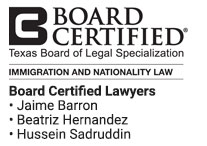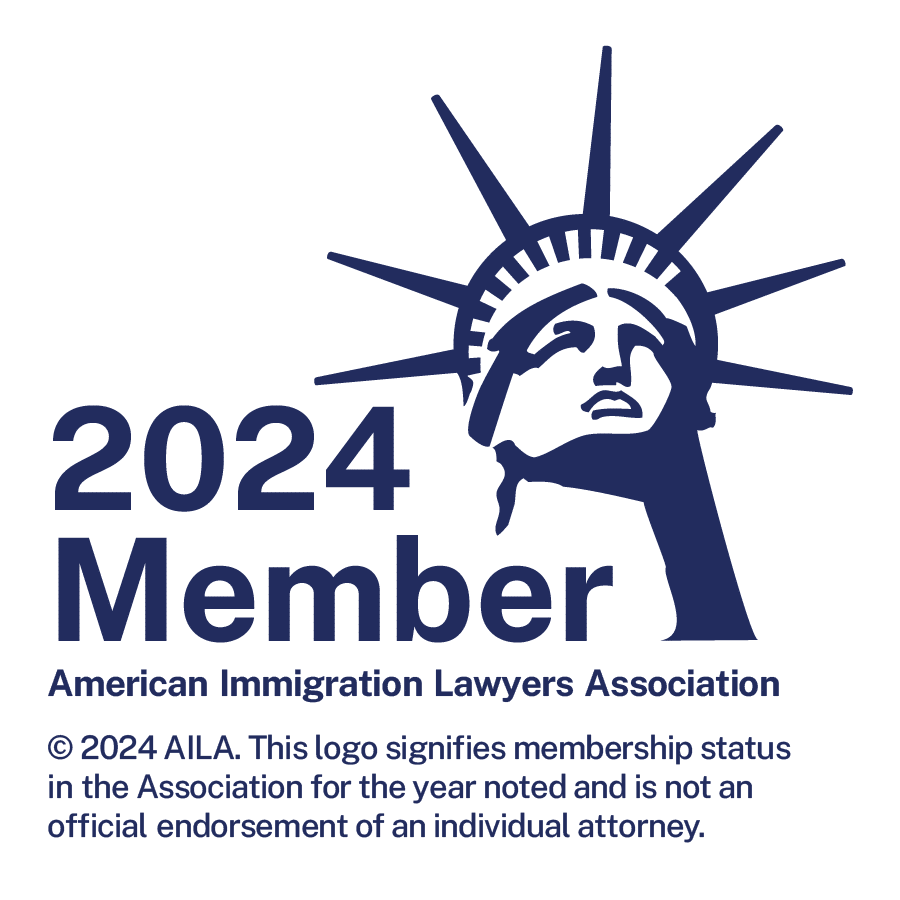Navigating the complex terrain of immigration law can be daunting for prospective immigrants. One of the first steps in the immigration process is understanding the different types of visas available and determining which one is right for your specific situation. This guide aims to demystify the visa categories, outlining their purposes and eligibility criteria to help you confidently begin your immigration journey.
What is a Visa?
Before diving into the categories, it’s important to understand what a visa is. A visa is a document or endorsement in a passport that gives the holder official permission to enter, leave, or stay in a country for a specified time. Visas vary widely around the world, with different countries offering different types depending on the purpose of the visit and length of stay.
Major Visa Categories
Visas can be broadly divided into two categories: immigrant visas and non-immigrant visas. Immigrant visas are for those who intend to live in the country permanently, while non-immigrant visas are for temporary stays.
Non-Immigrant Visas
- Tourist/Business Visas (B1/B2): These are for individuals who plan to visit for tourism, business meetings, or medical treatment. They are usually short-term and do not allow the holder to work or engage in long-term study.
- Work Visas (H1B, L1, O1, etc.): Work visas are for individuals offered employment in the country. They require sponsorship by an employer and are often subject to annual caps and qualifications based on the applicant’s skills and job requirements.
- Student Visas (F1, M1): Granted to those who intend to study at an educational institution. These visas require proof of admission and sufficient funds to cover their stay.
- Exchange Visitor Visas (J1): For individuals admitted to exchange visitor programs, including students, researchers, and certain types of temporary workers.
- Transit Visas (C): For individuals passing through the country on their way to another destination.
Immigrant Visas
- Family-Based Immigrant Visas: These visas allow U.S. citizens and lawful permanent residents to bring family members to the U.S. to live permanently. The category includes visas for immediate relatives (spouses, parents, and unmarried children under 21) and family preference visas for other family members.
- Employment-Based Immigrant Visas: For workers offered permanent employment in the country, for Jobs with no suitable local candidates for the position. These often require a labor certification.
- Diversity Lottery Visas (DV): Offered to individuals from countries with historically low rates of immigration to the U.S. Candidates are selected at random.
Choosing the Right Visa
To select the appropriate visa, evaluate your purpose for entering the country, the duration of your stay, and your intentions for work or study. Additionally, it is essential to review the specific requirements for each visa type, as they can differ significantly in terms of eligibility, application process, and fees.
Conclusion
Understanding the different types of visas is just the beginning of the immigration process. Each visa category has detailed requirements and procedures. Because immigration laws are subject to change, it’s wise to consult an immigration law firm for guidance tailored to your circumstances. Armed with the right information and support, you can navigate the complexities of immigration law and begin your journey with confidence.







